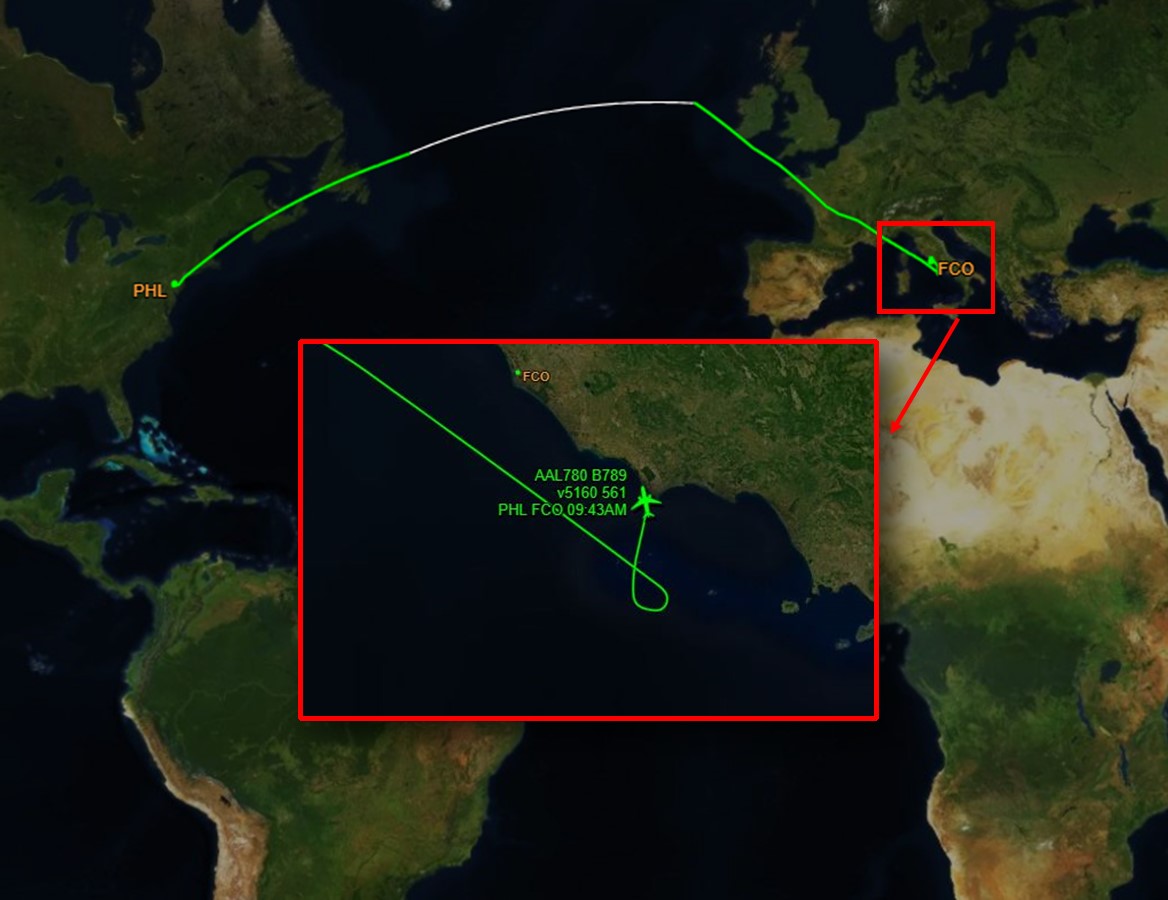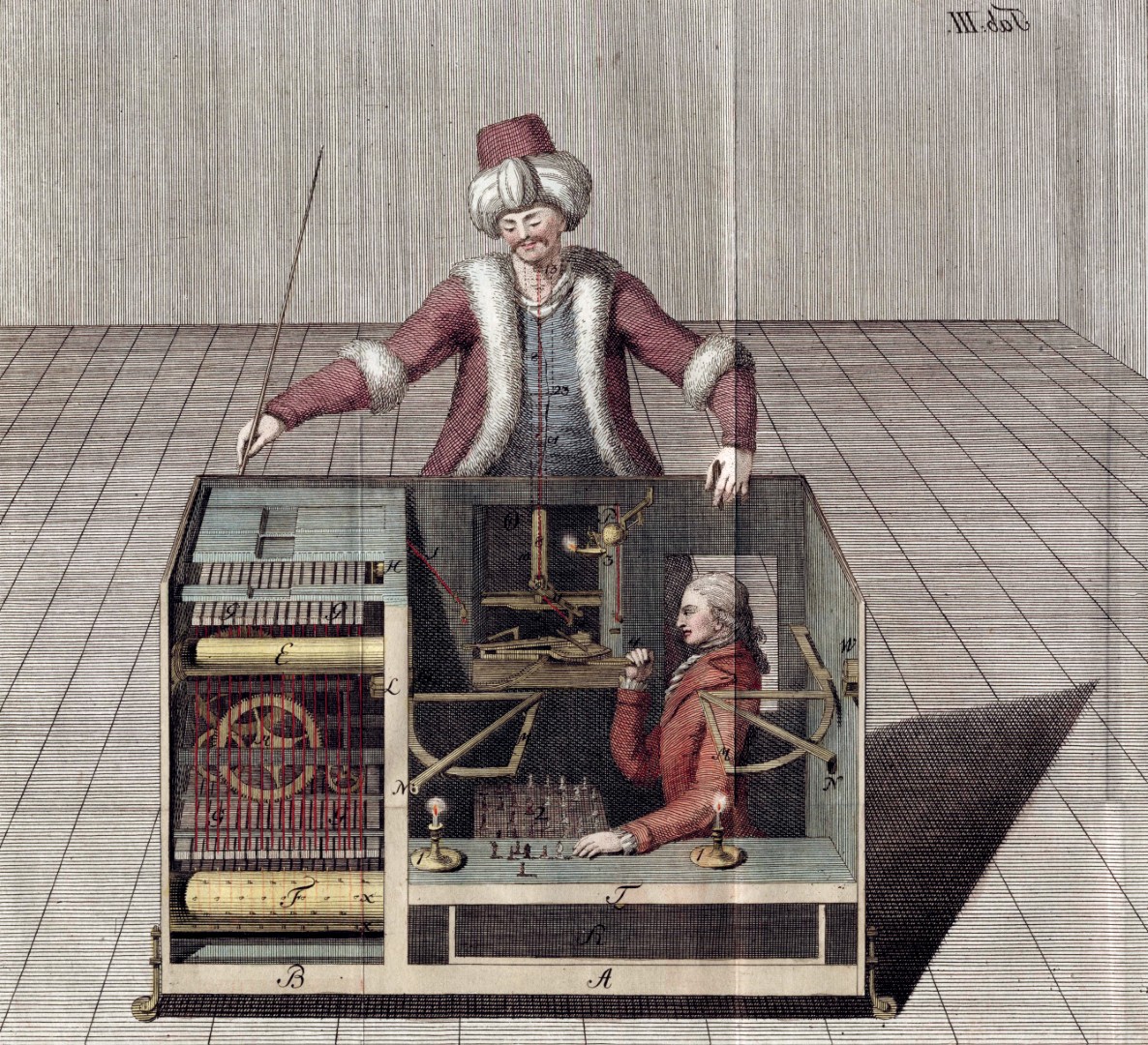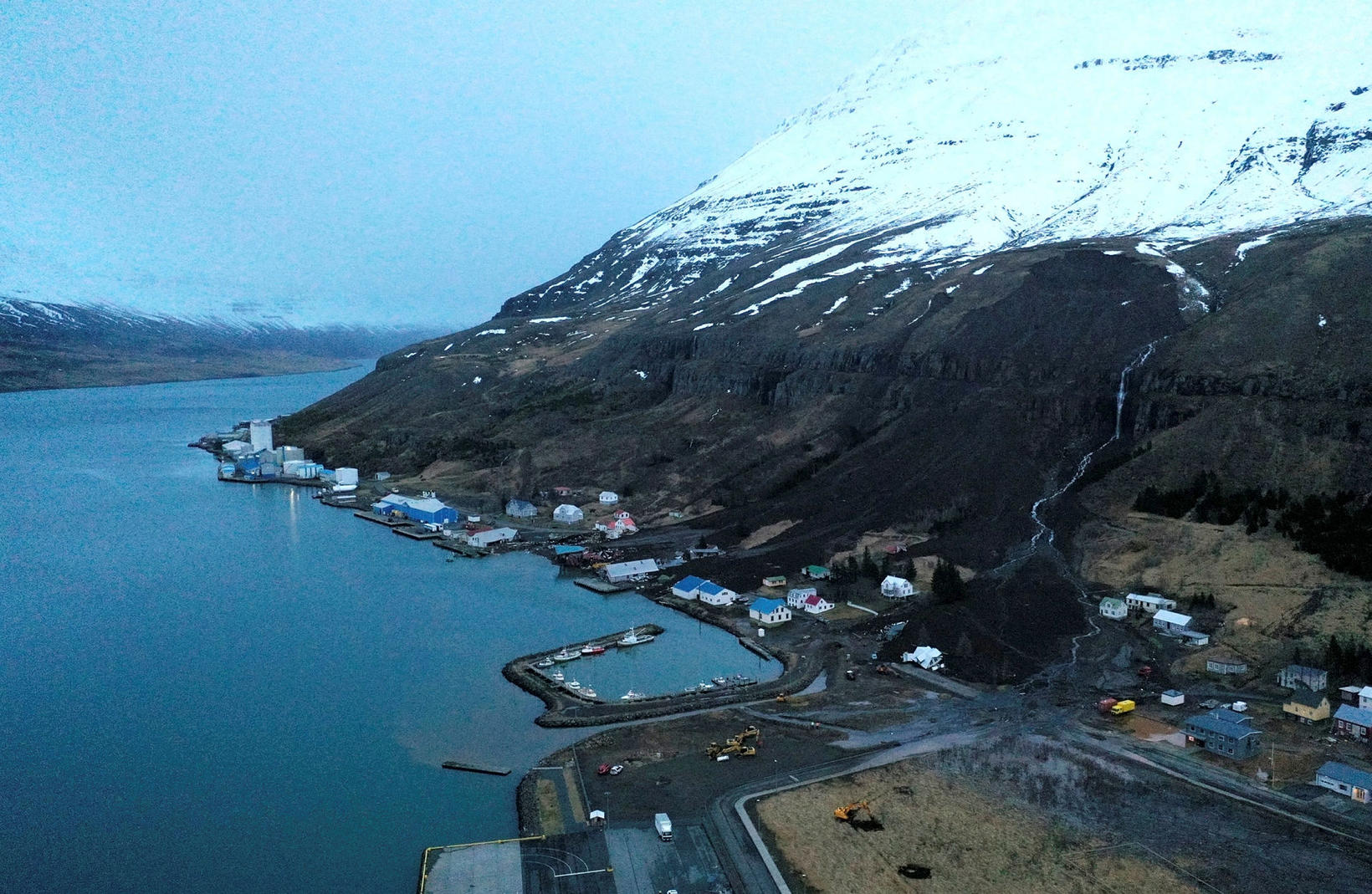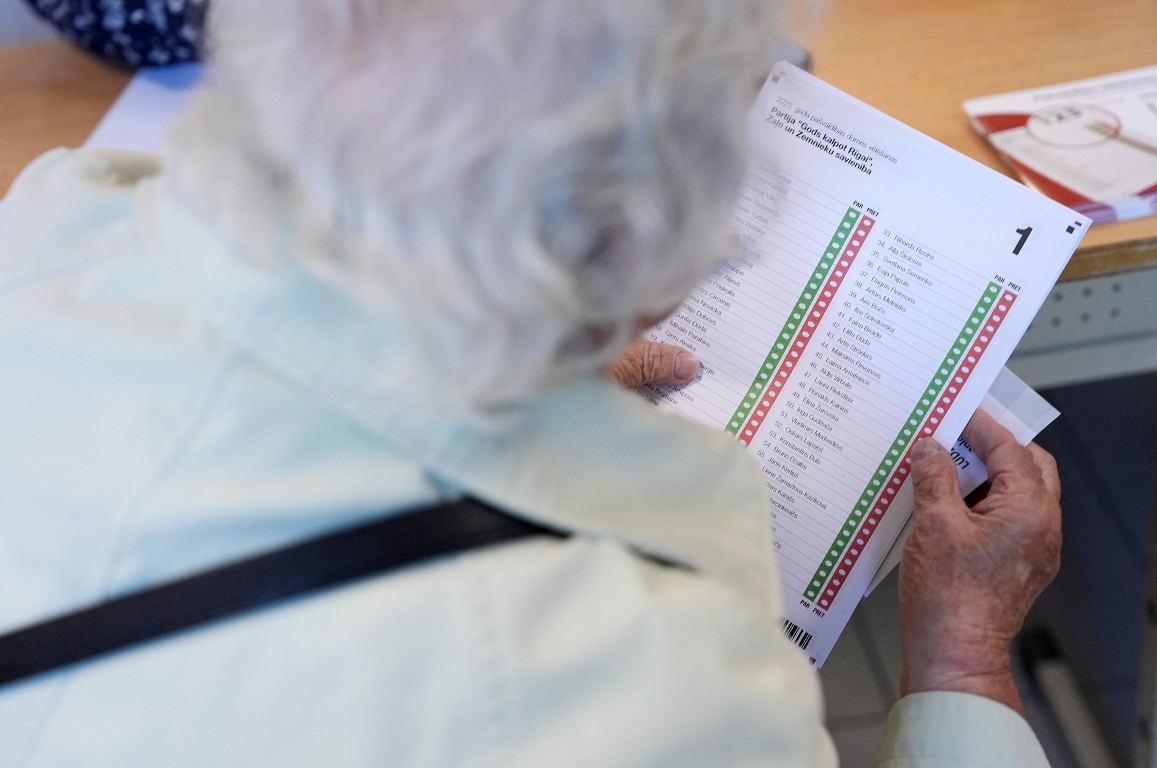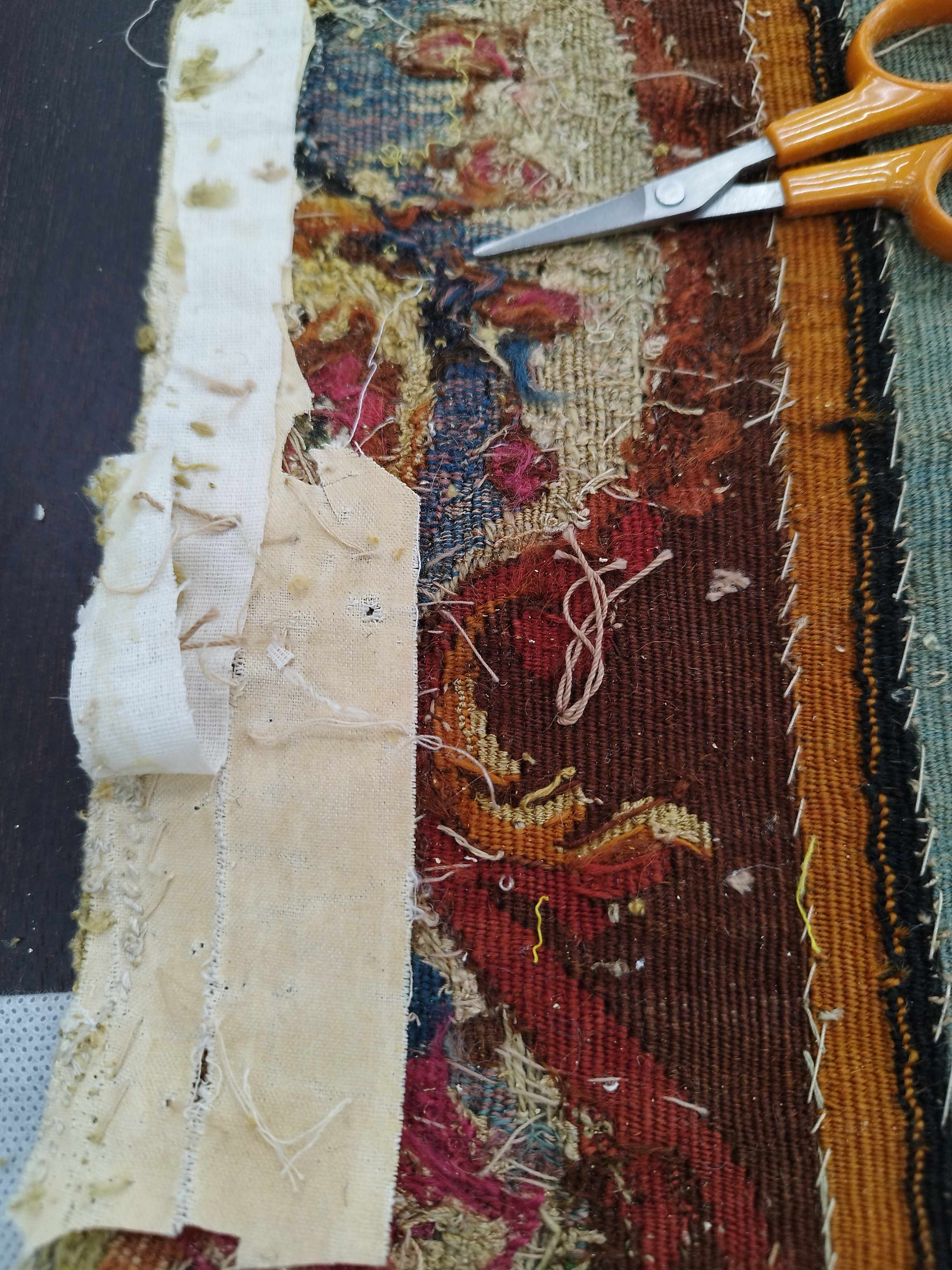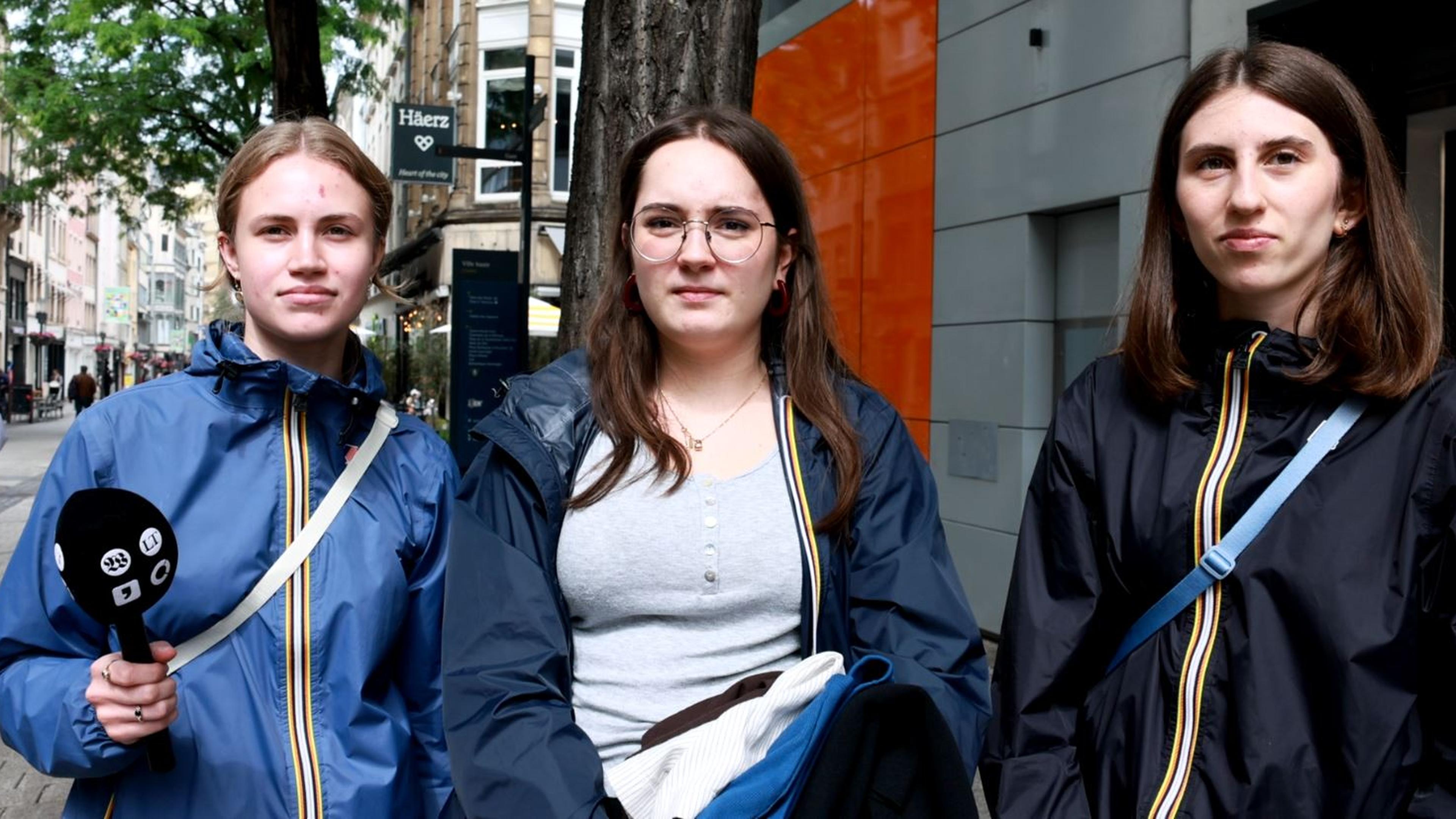Spring, how to recognize and manage the allergy to the pollen in children

Polline allergy also affects children and can cause inconveniences that also last several weeks. Here are the suggestions of the experts of the Bambino Gesù Pediatric Hospital of Rome to better face this disorder
Staten, eyes that tear, closed nose … Thus the arrival of the summer is announced for nine million Italians. And for four million the symptoms will be so annoying that they have to resort to specific therapies. Unfortunately, the pollen allergy also concerns children and can cause inconveniences that also last several weeks. Here are the suggestions of the experts of theBambino Gesù Pediatric Hospital of Rome to better face this disorder.
An abnormal reaction of the immune system
They are practically invisible, so small, yet so annoying. When the pollen dispersed in the environment reach the respiratory tract of an allergic subject, its immune system responds abnormally, producing particular antibodies called IgE (type e immunoglobulins) that enter into action at the level of some cells (mamastocytes) of the ocular, nasal and bronchial mucous membranes and some blood cells (mast cells and eosinophiles) They freed Istamine and other substances involved in the inflammatory reaction. The result are swollen and red eyes and noses itching and collapse …
« Spring allergies can significantly affect the quality of life of children, causing respiratory and skin symptoms that, if not treated, can worsen, » he explains Alessandro Giovanni Fiocchi, Head of the Allergology Operating Unit of the Child Jesus. « The diagnosis is mainly based on the child’s clinical history and on the allergological evidence, such as the prick test ».
More annoying pollen thanks to pollution
Policy and the consequent global overheating have also contributed to complicating the life of allergic. Due to the increase in temperatures, in fact, many pollen remain in the air longer, and several plants that until a few decades ago had only one period of thumb, in spring, now repeat the operation also in autumn. In practice, the discomfort doubles. A phenomenon that is the subject of study and that is constantly monitored by the Institute of Atmosphere and Climate of the CNR of Bologna, in collaboration with the Italian Association of Aerobiology, through ninety sampling stations distributed on the national territory to measure the concentration in the atmosphere of those pollen that cause allergy.
Prevent inconvenience in the critical period
Preventing at least in part the inconveniences caused by the pollen is possible, following some precautions: first of all that of Avoid trips and picnics in the meadowsin the cultivated fields and in the land glued in the critical periods. Red stamp also on walks in the countryside in the morning hours, especially in the sunny days with wind and dry time. For families who go on vacation in spring, ideal destinations are the sea and the high mountain (above 1000 meters).
During the movement in the car, the suggestion is to keep the windows closed and turn on the air conditioner with special anti-potal filters. While when you go out on foot they can help sunglasses and hat with visor And the habit of changing clothes as soon as you go home.
Finally, a rule that applies to all children and even more for allergic is that of Never expose them to passive smoking. Nobody has to smoke in the environments where a child lives, even if he is not present at that moment. If despite all the precautions, cold and conjunctivitis cause intense discomfortthe reference for the family is the pediatrician who will prescribe the therapies necessary to relieve the malaise of the child.
Allergic rhinitis: 3 out of 10 people suffer
The most common pollen disorder ever is allergic rhinitis: in western countries they suffer between 10 and 30% of the population.
The symptoms of this inflammation of the nasal mucosa they are hi of sneezing, that is sneezes that happen to us in closely, Rinorrheawhich is the technical term to indicate the nose that drips, closed nose and itching. There rhinitis of allergic origin It can also extend for several weeks depending on the duration of the period of dissemination of the pollen which is responsible for the disorder.
Therapy consists in taking antihistamines, drugs that block the action of Istamin, reducing sneezing, itching and nasal secretions. « If not enough, the action of these drugs can be integrated with the addition of nasal sprays of a very low dosage cortisonic nature, » explains Professor Fiocchi. « These are harmless even for a long term, and can give that anti -inflammatory effect that cannot be obtained with nasal washes that have been so practiced today ».
When the problem is the eyes
The other sore point for allergic subjects are the eyes. If necessary, the pediatrician can prescribe a special eye drop. There are three types: The stabilizers of the Mastocyte membranewhich must already be taken a few weeks before the pollen season, The antihistamine hillswhich mainly have the function of blocking the histamine e cortisonewhich turn off the inflammation. Since the Callergic oncunctivitis is often associated with the rhinitisantihistamine therapy can help to relieve the symptoms of both ailments.
For long -term care allergic asthma
THE’ASMA is a chronic inflammatory disease of the bronchi Which can make it difficult to breathe: it is recognized for some characteristic respiratory sounds, namely RanToli and whistles, and for the access of dry cough, rose. In the most serious cases it can also occur dyspneathat is, the so -called « air hunger« .
The therapies are chosen based on the severity of the pathology, but for patients with persistent asthma, « basic » therapy is recommended, that is, in the long term, with anti-inflammatory drugs such as inhale cortisones that can be associated with long-lasting bronchodilators (so-called « long-acting » bronchodilators).
An anti-allergic vaccine
For children who suffer from particularly severe forms of the disorder and are at risk of serious reactions, there is the possibility of undergoing desensitizing immunotherapy, also known as « anti-allergic vaccine« , Which consists in the controlled administration of growing doses of the allergen, for a period of 3-5 years.
« In children with important allergic reactions, specific vaccination is essential to ensure effective and safe protection over time » concludes Professor Fiocchi. « Antiallergic vaccines today represent the only therapy capable of educating the immune system thus taking care of the cause of the allergy and not only the symptoms ».



